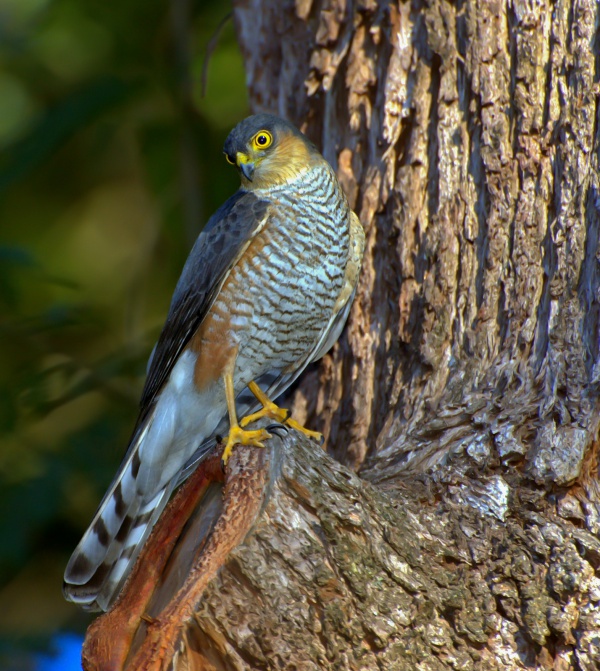Facts About Sharp-shinned hawk
The sharp-shinned hawk is a small, agile bird of prey found across the United States, Canada, Central America, South America, and the Greater Antilles. There is some debate among experts regarding whether the southern variants—known as the white-breasted hawk, plain-breasted hawk, and rufous-thighed hawk—are separate species or merely different forms of the sharp-shinned hawk. In the U.S. and Canada, the males rank as the smallest hawks.
These hawks demonstrate considerable adaptability in their habitat preferences, living in environments ranging from coniferous forests to broad-leaved woodlands. They are adept hunters, primarily preying on small birds, which they capture either mid-flight or by ambush. During breeding season, they construct stick nests high in trees, and the female typically lays between three to eight eggs.
Historically, sharp-shinned hawk populations declined due to pesticide use, particularly DDT. Fortunately, their numbers have rebounded in the U.S. and Canada thanks to the DDT ban and the prevalence of backyard bird feeders, which provide a consistent food source. Bird watchers might spot these hawks during migration periods at hawk watches. However, some subspecies, such as the Puerto Rican sharp-shinned hawk, remain endangered and require specific conservation efforts.

 Uruguay
Uruguay